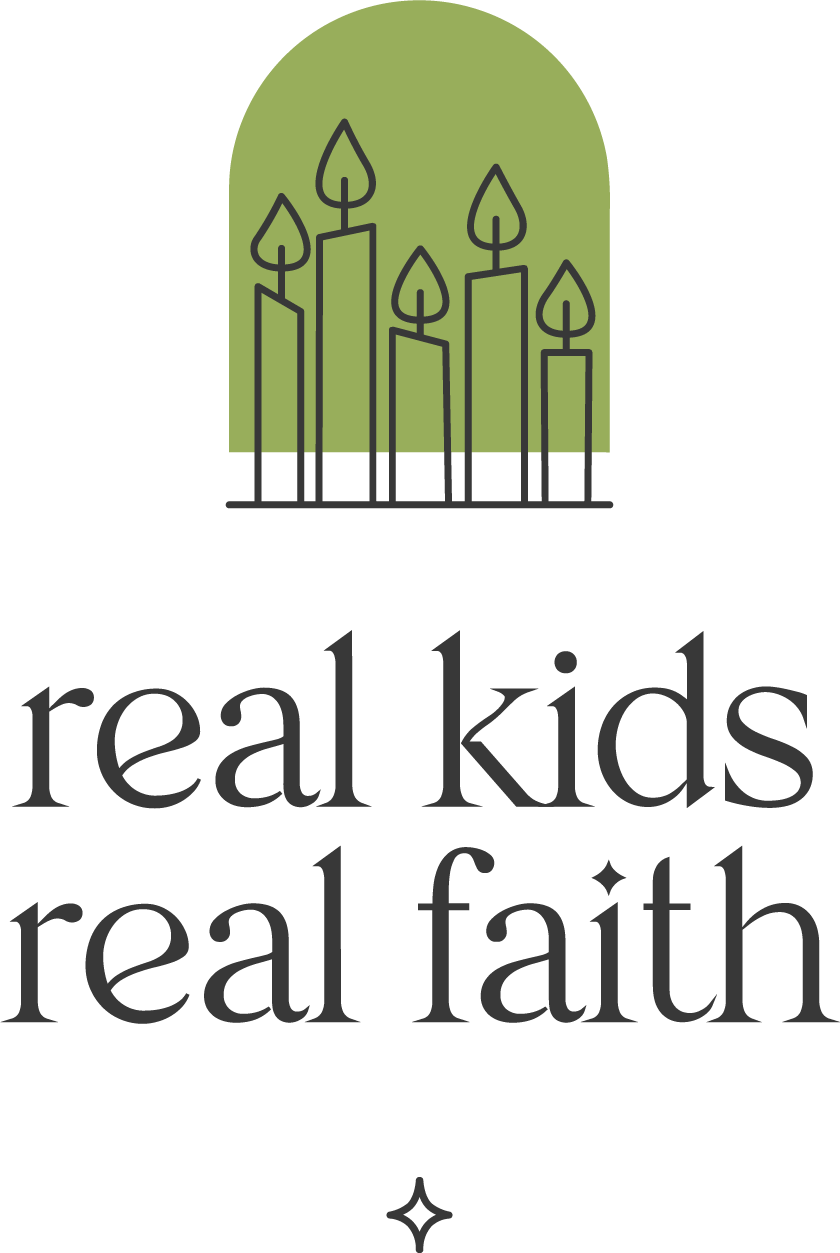Holiday lights are a staple of many winter traditions. Solstice candles, Hanukkah menorahs, colorful Christmas strings, and Kwanzaa kinaras cast dancing light in the darkness. Some families walk or drive through neighborhoods looking for light displays. Children can get caught up in the allure of twinkling candles in windows and houses outlined against the night sky.
Reem Faruqi taps these experiences to help kids explore the diversity of spiritual traditions with a magical tale of The House Without Lights. While every other house in the area has its chance to shine in December, one home has to wait until spring to show off its lights. Dive deeper into the book with children ages 3+, using one or more of the following activities.
Different kinds of light. The author mentions four specific holidays: Diwali, Hanukkah, Christmas, and Eid. Each celebrates with a particular form of lights. Invite children to find images associated with each holiday. Look at them side-by-side and notice what is similar and what is different. Encourage kids to share stories of decorating with lights for whatever traditions they celebrate.
Feeling left out. The house feels sad and confused when the other homes are decorated and it isn’t. It keeps hoping that it will get to be part of a celebration soon. Invite children to show with their bodies how they feel when others are doing something fun and they can’t join in. Then read the book again and encourage them to embody House’s emotions each time they are named. Ask: When does House experience uncomfortable emotions? What brings House joy?
Supporting others’ celebrations. The parents in the story go to work on Christmas so their neighbors can have the day off. When Eid comes around, the neighbors admire House’s decorations and enjoy samosas. Encourage children to imagine ways they can support those who celebrate holidays different from their own. Invite them to act out their ideas for one another.
Full of love. House realizes that it doesn’t need lights to experience love. Ask children: How do you know you are loved? How do you show love to others? Suggest that they draw pictures of giving and receiving love. Encourage them to think of specific things they do with people they love and who love them.
Engaging all your senses. House uses its senses to experience the family’s life. Read the story through again, pausing each time the author talks about what House sees, hears, smells, tastes, and touches. Then encourage children to pretend to be House, using their senses to notice what is happening around them. Or invite them to recall a holiday celebration and the sights, sounds, tastes, smells, and textures of that experience.

Comments